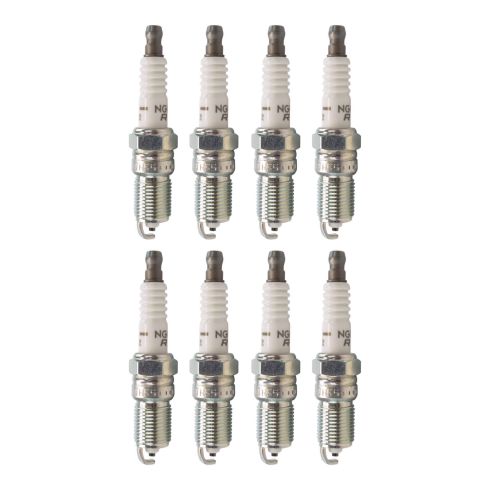NGETK00052-8 Piece V-Power Spark Plug Set NGK NGETK00052
Replaces
1997 Chevrolet K1500 Truck V8 5.7L 8 Piece V-Power Spark Plug Set NGK NGETK00052
Product Reviews
Loading reviews
5.00/ 5.0
3
3 reviews
November 25, 2018
Thanks for the product came on time got my car running ok might gave to get the spark plug wires to
Spark plugs
February 11, 2020
They were what I ordered and came quickly.
after I installed them, I reset the average mpg and within the month, it was at 20.6 , where it had fallen to 18.5.
May 20, 2024
I think it's a very good product I like to spark plugs I definitely would recommend family members and Friends and the price was very reasonable
Customer Q&A
what size spark plug wrench for 2002 expedition 4.6?
May 29, 2022
10
We don't currently have an installation video or instructions available for this part. We're constantly adding new installation videos and instructions though, so please check again at a later time or check our Video Library to see similar repairs here: https://www.1aauto.com/videos
May 31, 2022
Ricale A
What size NGK spark plugs can fit a Chevy Tahoe 96 ?
December 2, 2022
10
Yes, this part will fit your vehicle as long as you have a V8 5.7L.
December 2, 2022
Emma F
are these pre gapped?
December 4, 2022
10
Yes, but I always double check
December 5, 2022
Benjamin P
10
Yes, they are pre gapped.
December 5, 2022
Kelly S
10
Same yes but I always double check
December 24, 2022
Jonathan T
are these items # NGETK00052 spark plugs (platinum NGK 3403) or (copper plugs NGK 3951) ?
March 13, 2023
10
These will be copper plugs NGK 3951.
March 14, 2023
Jessica D
Chevrolet is a registered trademark of General Motors Company. 1A Auto is not affiliated with or sponsored by Chevrolet or General Motors Company.
See all trademarks.




















